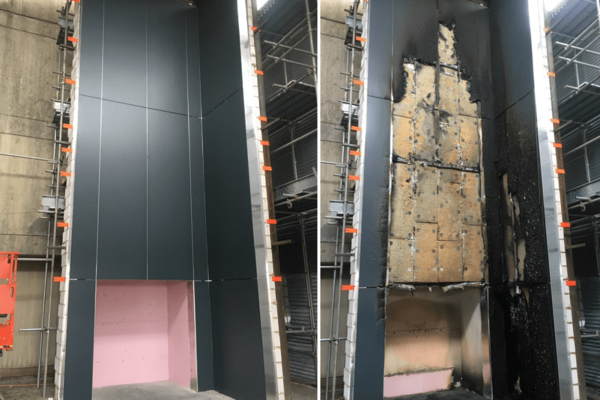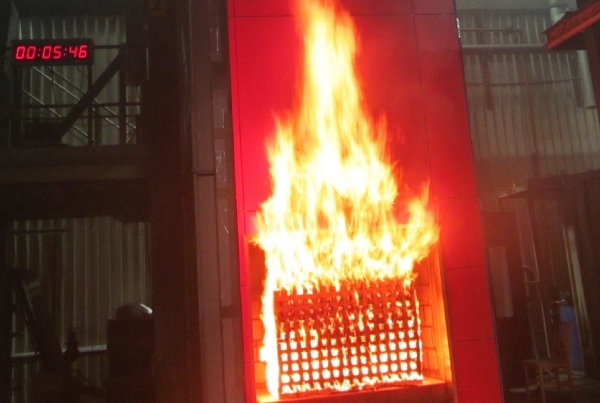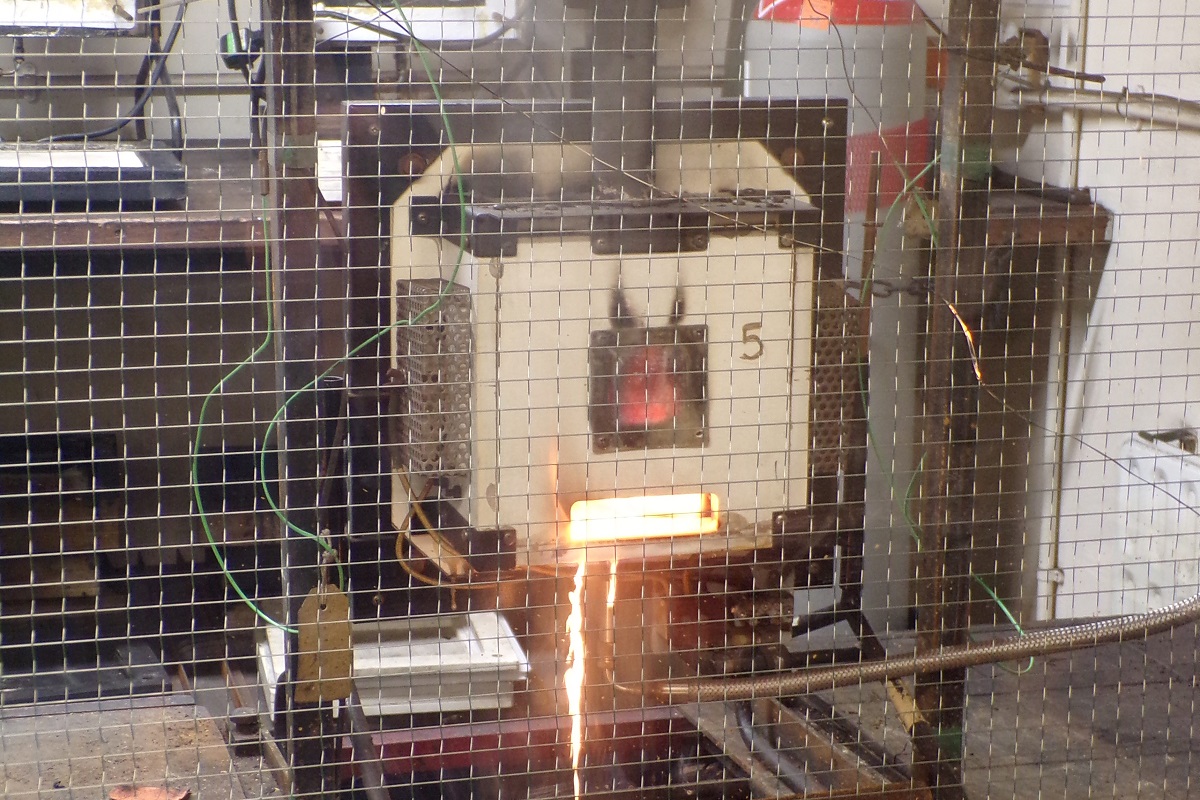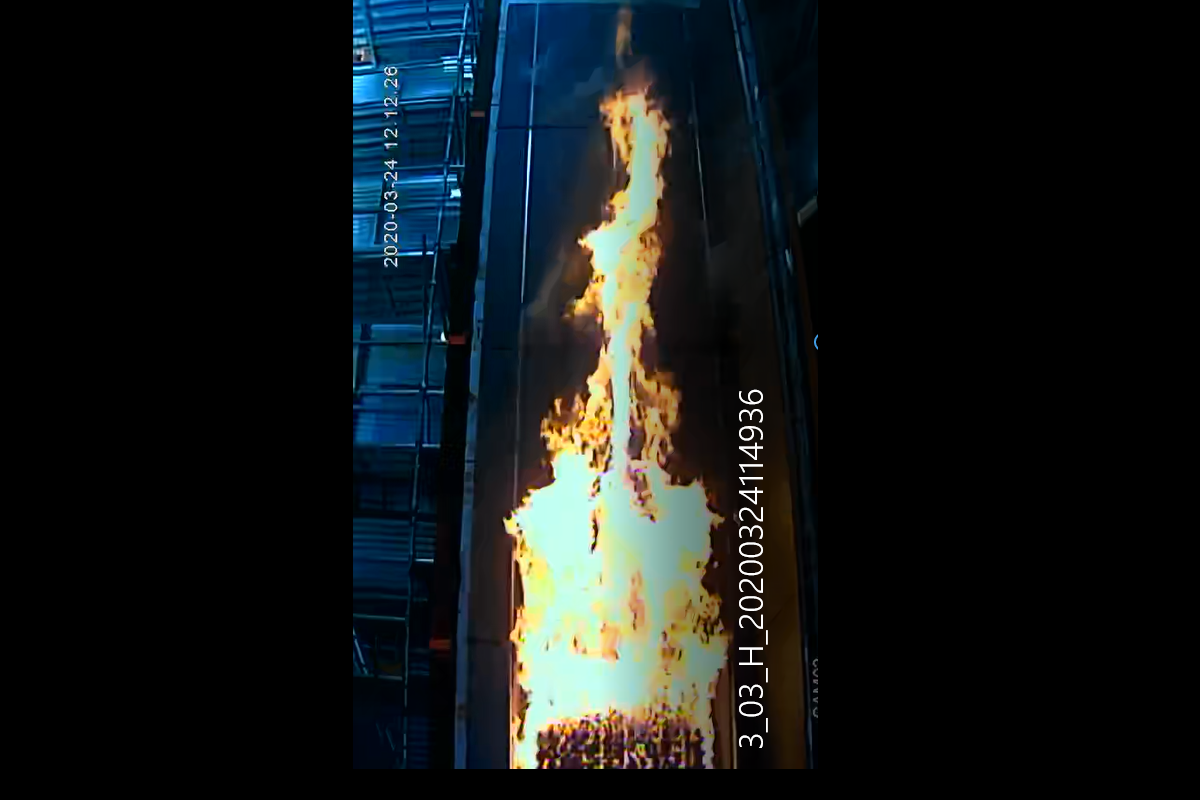You are viewing 1 of your 1 free articles
HPL cladding passes official safety test with non-combustible insulation
A popular combustible cladding material has passed a long-awaited safety test but must still be removed if combined with combustible insulation, the government has said.
In the first result from tests on cladding materials other than those used on Grenfell Tower, high-pressure laminate (HPL) cladding has passed when combined with non-combustible insulation.
Following the test, the government has written to housing associations and local authorities asking them to identify the materials used to clad their high-rise buildings and to inform the Ministry of Housing, Communities and Local Government.
The test was a ‘BS 8414’ test, which involves building a nine-metre-high model wall, covering it in a cladding system and starting a fire at the bottom.
It is the same test used in the immediate aftermath of the Grenfell Tower fire to test cladding systems using aluminium composite materials (ACM), the type of material used on Grenfell.
Although experts have been calling for tests on non-ACM cladding since September 2017, it was only carried out last Thursday.
This morning, Inside Housing reported on criticism of the delays from housing bodies and politicians, as it emerged that some of the tests had already been completed but results had not been released.
The results, the government said, show that HPL combined with non-combustible insulation “can be safe on existing buildings”. But it said this depends on various other factors as well.
In an advice note, it told building owners that removing the most flammable type of ACM should still be the priority, followed by action to deal with unsafe HPL systems. It said HPL cladding should still be removed when combined with combustible insulation.
The Fire Protection Association (FPA), which carried out the test, said last week that all combustible cladding should be removed from high-rise buildings regardless of the insulation used.
The FPA’s report on this test shows that the thermometers fitted to the model wall recorded temperatures of above 600 degrees, the level considered unsafe.
However, breaching this temperature is only considered a failure if it occurs in the first 15 minutes, whereas on this occasion it happened at around the 25-minute mark.
Another way a system can fail a BS 8414 test is if flames spread to the top of the rig. Photos in the report appear to show that the cladding burned away completely just inches below the top and so did not register a fail.
In a letter to local authorities, the government called for data to be gathered on all high-rise buildings to establish what materials are used on the walls. So far, official data has been gathered only on buildings clad in ACM.
Housing associations were sent a similar letter asking them to gather this data for their own stock.













